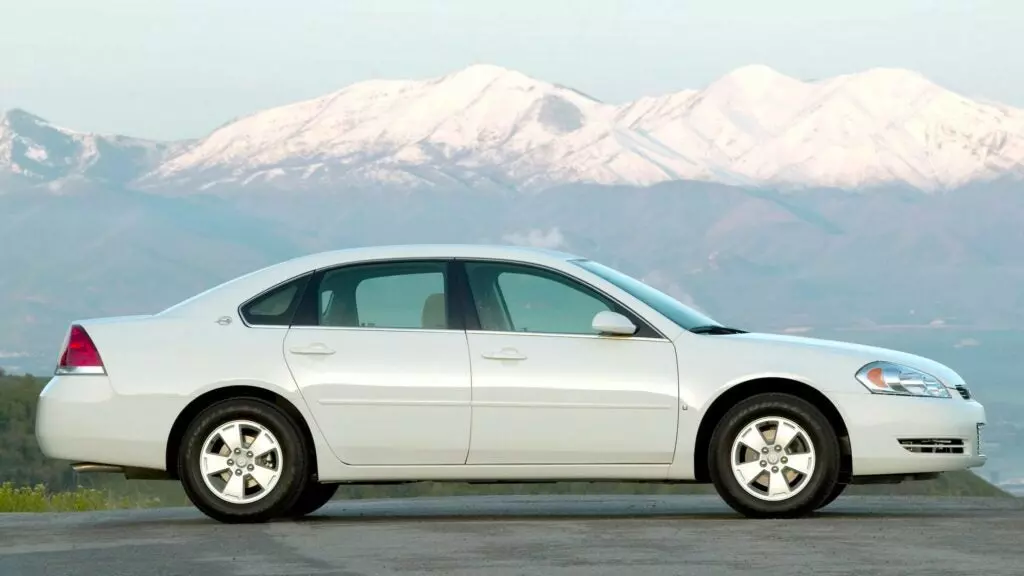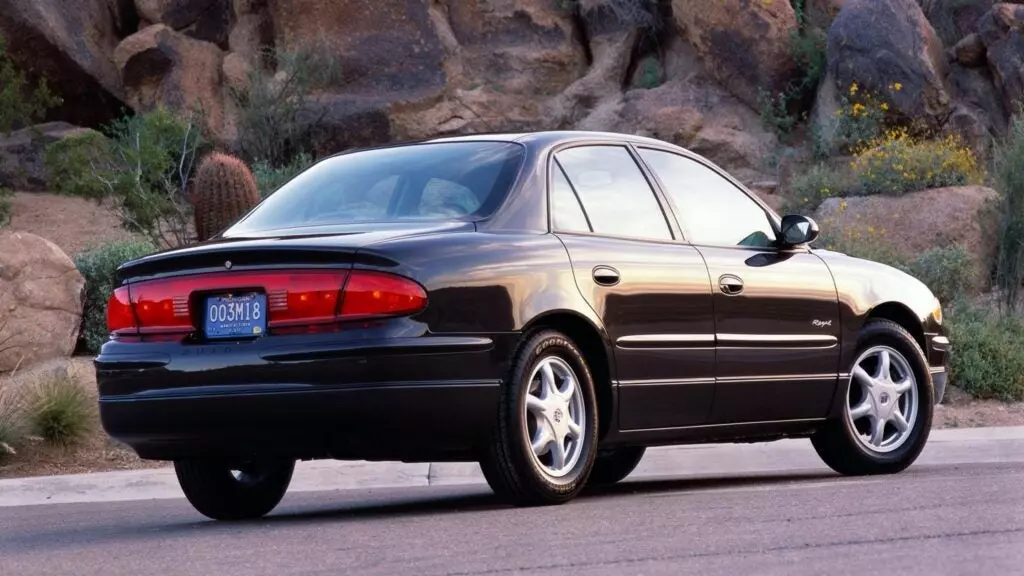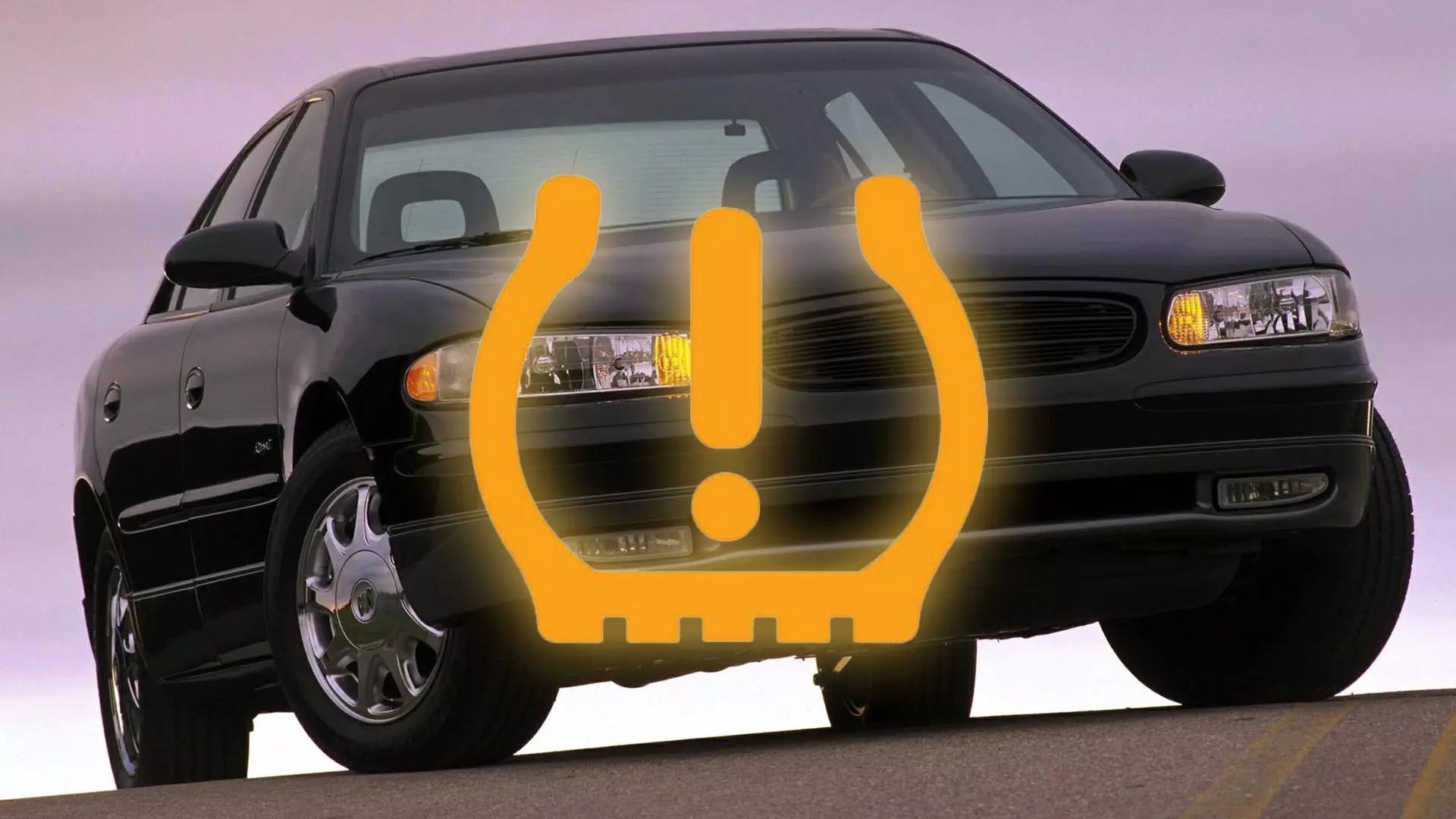At the end of my teenage years (and the start of my early 20s) I worked at a Chevrolet dealership. Formerly a Saturn dealership, situated on the cusp of suburban and rural Ohio, the lot moved a bunch of chrome-trimmed Malibus and old-style Impalas with bench seats. Lots of the clientele were loyal customers; old folks who had bought Cavaliers, Luminas, Malibus, and Caprices for years. They were the type of people to sit at McDonald’s all day, nursing a $0.65 senior-discount coffee. In short, new technology confounds them.
TPMS (stands for Tire Pressure Monitoring System) has been standard on new cars for nearly a decade. So, those elderly folks used to their old 3.1-liter Lumina LSs eventually ended up in Impala LSs equipped with this tech. Any mild cold snap meant that my work morning would be filled with septuagenarians and octogenarians confuzzled at what the hell that orange light with an exclamation point meant. Refilling the tires is easy (unless the said elderly person was duped into paying for the complete scam that is nitrogen-filled tires), and GM TPMS checks the pressure in real-time. Usually, all I had to do was add air, the light would click off, then the nice old lady or gentleman would thank me for my time, as they roll their pushrod Impala to the nearest Cracker Barrel.

Except, sometimes, one of these folks wouldn’t trade up to a new car. They’d just drive their old W-body Buick Regal, but still, they’d be just as confused by the “low tire” light on the dashboard. But these Regals don’t quite work the same as TPMS as we know it.
Most modern cars use Direct TPMS — in short, each wheel has a physical sensor inside the wheel that measures the air pressure. The 1999-2001 Buick Regal (and other GM cars of this era) use Indirect TMPS. It sucked.

What is Indirect TPMS? In short, the wheel speed sensor, or ABS sensor, or some other sensors (or maybe both in concert) calculate the circumference of the wheels, based on the wheel’s speed. If the one wheel is turning too fast, the computer calculates that it is physically too small, and thus low on air, triggering the low tire light. Cool, right?

It’s kind of a Rube Goldberg-esque setup, compared to the sense-and-report style sensors in a Direct TMPS setup like most modern cars have. Yet, I don’t think microchip and radio signal tech was very robust in the early to mid-1990s when the 1998-2003 Buick Regal was developed. Back then (and now) I thought TPMS without using sensors in the way we know them now, was/is a pretty novel concept. I didn’t realize that the ABS and speed sensors had that data at such a granular level. The concept that the computer was constantly calculating the circumference of the tires at nearly all times seems like overkill, especially since the rest of the car wasn’t exactly um, technologically advanced.
Did it work? Well, kind of. It takes much, much longer to calibrate than a Direct TMPS setup, and you can imagine that it’s liable to all sorts of factors that could paint an inaccurate picture of the tire pressure. For my teenage self, it took lengthy explanations to elderly folks to inform them that their tires are fine and that the light will go away after driving.
Indirect TPMS seems like it is fallen out of favor, but a surprising amount of later-model cars used it for a short time in the late 2000s and early 2010s. I’m just glad I don’t have to spend my days explaining it anymore. Thank God for Direct TPMS.









